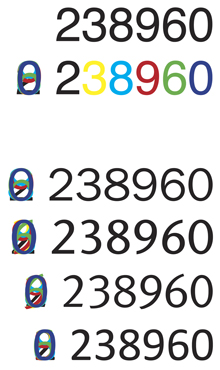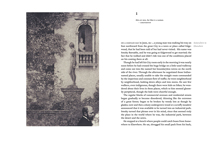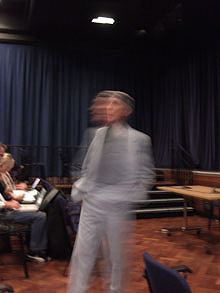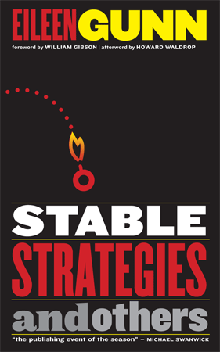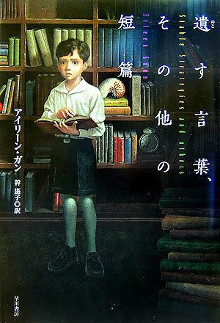A book project that’s nearing completion is the 25th anniversary edition of Little, Big, by John Crowley. I’m designing it for Incunabula – for whom, fourteen years ago, I designed Crowley’s short-story collection Antiquities. This edition will present the definitive text, carefully edited by Ron Drummond and approved by the author, and it will marry Crowley’s prose with art by artist/printmaker Peter Milton.
These are not illustrations; they were not done for this book. They work as complements to the text; both the text and the art existed independently long before they came to be combined in one edition. Making that juxtaposition work, of course, is the hardest part of designing the book.
In June, Ron Drummond and I drove from Ron’s home near Albany, N.Y., to northeastern Vermont, to Stinehour Press, to supervise the printing of a poster that would serve as a print test for the book. Most importantly, it would prove to us – and to Peter Milton – that what we were planning and what Stinehour could deliver would do justice to his art, in a format that would still be a comfortably readable volume. We picked up the printed posters first thing in the morning in Lunenburg, and drove down to southern New Hampshire in time to have lunch with Peter and Edith Milton in their large, art-festooned old house in Francestown, where Peter signed off on our print sample (literally, as Ron prevailed on him to sign several of the posters). Then we drove west to Conway, Mass., at the edge of the Berkshires, to have dinner with John Crowley and his family, and get his approval. We covered the complete range of the project in that one day.
The project, like most labors of love, has taken a little longer than we anticipated, but it’s in its penultimate stage. This week, John Crowley was in Seattle, teaching a workshop and giving a reading at Richard Hugo House, and I had the pleasure of handing him a bound blank book, a sample of the binding. It’s a heavy object, but not unnecessarily weighty; I like to call it “the Oxford Lectern Little, Big,” and in fact the lectern at Hugo House looks a bit like something you’d read a sermon from. Hefting the book and looking at its blank pages, Crowley said, “So do I get to keep this and use it as a journal when the project is finished?” Yes, of course. When the project’s finished.
Categorized as books, design, events |


